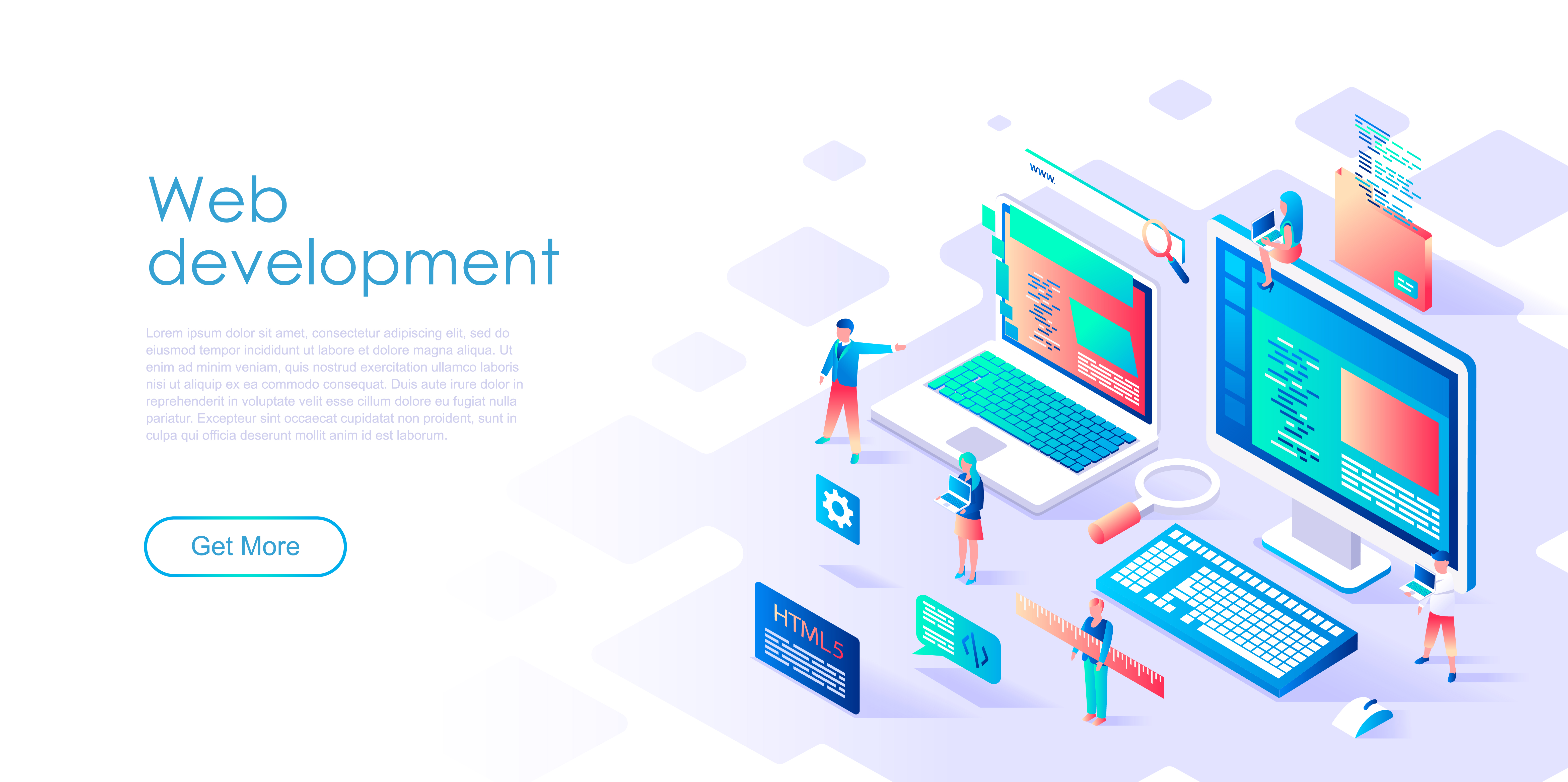This terrain of web dev and web design is experiencing a transformative change, primarily driven by the emergence of no-code tools. Such innovative resources are allowing individuals without extensive technical knowledge to create impressive websites and software with comfort. As a result, the obstacles that once separated experienced programmers from budding creators are being removed, leading to a significantly accessible and mixed online environment.
The liberalization of web development is more than a passing phase; it signifies a essential shift in how we tackle developing digital interfaces. By the rise of easy-to-use interfaces and visual features, everyone holding a concept can manifest their ideas to life. Such a movement is altering the way organizations work and how individuals share their creativity online, ensuring digital design attainable to everyone, irrespective of technical background.
The Rise of No-Code Platforms
In past times, no-code platforms have arisen as a disruptor in the web development landscape. These platforms empower individuals and businesses to build fully functional websites and applications without needing deep programming knowledge. By providing user-friendly interfaces and drag-and-drop functionality, no-code solutions empower entrepreneurs, marketers, and small business owners to transform their ideas to life quickly. This democratization of web development allows for greater creativity and innovation, as a larger number of people can contribute in the digital space.
The appeal of no-code platforms also lies in their capability to reduce development time and costs. Traditional web development often needs a team of skilled developers, which can be both costly and time-consuming. No-code platforms eradicate the need for such assets, allowing users to build and iterate on their projects quickly. This is particularly beneficial for startups and small businesses that may not have the financial resources to employ full-time developers. As these platforms persist to evolve, they are growing increasingly robust, providing features that were once specific to custom-built solutions.
Additionally, the no-code movement encourages partnership across multiple fields. Designers, marketers, and product managers can now actively participate in the web development process, fostering a more holistic approach to designing online experiences. This cross-disciplinary collaboration can lead to more user-centered designs, as insights from diverse perspectives enhance to the final product. As no-code platforms gain traction, they are paving the way for a new era in web development, where the barriers to entry are lessened than ever before.
Enabling Non-Technical Users
The surge of low-code platforms has unlocked potential for people without programming knowledge to get involved with web development and web design. This accessibility allows everybody, regardless of their training or experience, to bring their ideas to life online. By using simple navigation, ease-of-use features, and pre-built templates, individuals can create websites and applications that were formerly only available to experienced developers. This shift is especially impactful for entrepreneurs, innovators, and digital creators who may not have the means to engage professional developers.
As an increasing number of users discover and embrace these low-code solutions, the long-standing obstacles to entry in web development are rapidly eroding. Freed by these tools, creators can modify their online presence, adjust site functionality, and even implement e-commerce capabilities without coding a single line of program. AppWeb but also fosters innovation as creators experiment with different designs and features that reflect their individual identities or preferences.
Additionally, the network surrounding no-code platforms is thriving, providing non-developers with resources, guides, and forums for support. This collective helps non-developers address challenges, exchange best practices, and motivate each other to develop their abilities. Ultimately, this culture of collaboration fosters a sense of belonging and encourages lifelong learning, allowing participants to flourish in an ever more digital world while at the same time changing the realm of web development and web design.
Effect on Conventional Web Development

The emergence of code-free platforms is redefining the environment of conventional web development. Developers who formerly depended on programming languages and intricate frameworks are today facing a change in their roles. With no-code platforms, individuals who don’t have a deep technical background can create functional and aesthetically pleasing websites. This democratization of web development is prompting conventional developers to adapt by prioritizing higher-level tasks such as system architecture, user experience, and tailored customizations that require a greater understanding of technology.
As code-free solutions gain popularity, the need for traditional development skills may alter but not weaken. Developers may become collaborating further with non-technical team members who provide new perspectives to the development process. This teamwork can lead to creative solutions and more rapid iterations, fostering a greater agile approach in projects. The interaction between no-code platforms and traditional coding is encouraging a blended model where both skill sets can coexist and enhance each other.
Moreover, traditional web development practices are progressing to incorporate the strengths of no-code platforms. Developers are progressively utilizing these tools to hasten prototyping and streamline workflows. By blending coding expertise with no-code platforms, teams can enhance productivity and diminish the time required to launch projects. This fusion of skills is extending the scope of what web development can achieve, making it more attainable while keeping the flexibility and power that conventional programming offers.
